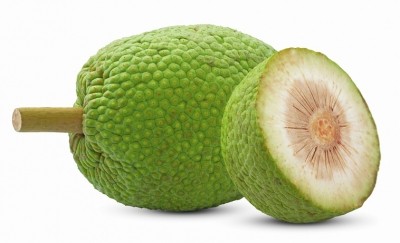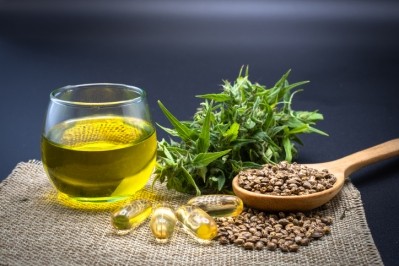Rapeseed: An untapped protein source

Despite being the third largest source of vegetable oil in the world (behind palm oil and soybean oil), many of rapeseed's benefits are still being investigated. Nutrition scientists at the Martin Luther University Halle-Wittenberg (MLU) recently found that upcycled rapeseed protein consumption has comparable beneficial effects on metabolism as soy protein.
Their study, published in the journal Nutrients, analyzed and compared the effect of ingested rapeseed and soy proteins on human metabolism. The end goal of the study is to determine whether rapeseed could be an alternative to soy.
When compared to soy, rapeseed has a comparably beneficial composition of amino acids. It also contains phytochemicals which could also provide additional health benefits.
The study
Twenty participants were asked to document their diets for several days. They were then invited to eat a specially prepared meal of noodles with tomato sauce, that either contained no additional protein or was enriched with soy or rapeseed protein. This meal was consumed on three separate occasions.
Following the meal, participants had their blood regularly drawn over six-hours. Dr. Gabriele Stangl, a nutritional science professor at the MLU and co-author of the research, explained that this study design allowed the team to assess the acute metabolic response of each study participant to the dietary treatments.
Findings
The study found that rapeseed protein induced comparable effects on metabolic parameters and cardiovascular risk factors as soy protein. Another benefit was that the participants had a longer feeling of satiety after eating the rapeseed protein.
Rapeseed even produced a slightly more beneficial insulin response in the body, said co-author Christin Volk, a nutritionist from MLU, adding, “Rapeseed appears to be a valuable alternative to soy in the human diet.”
When asked this means for the dietary supplement industry, Stangl told NutraIngredients-USA, “The findings of our study show that rapeseed protein isolate has an excellent amino acid profile (comparable to that of soy), exerted stronger effects on postpraindial satiety than soy protein and has beneficial effects on glucose metabolism, which makes it a valuable plant protein for human nutrition. Thus, we assume that rapeseed protein isolate can function as a valuable food ingredient. It shall be noted, however, that the isolation of proteins from rapeseed meal must be optimized.”
Just don’t expect a rapeseed protein shake
Despite its impressive protein profile, the researchers acknowledge rapeseed protein comes with a bitter, mustard flavor. Because it is a member of the family Brassicaceae (mustard or cabbage family), rapeseed is more suitable for savory applications.
“Indeed, the mustard flavor of rapeseed protein limits its use for protein shakes or sweets. It is suggested that kaempferol 3-O-(2'''-O-sinapoyl-ß-sophoroside) is mainly responsible for the bitter off-taste,” said Stangl. This finding opens new avenues for a biorefinery approach targeting an off-taste removal.
She added that technological processes and breeding strategies are being developed to remove these off-taste plant constituents.
Sustainability
An added bonus of rapeseed is the proteins can be obtained from the by-products of rapeseed oil production, making for a sustainable protein option.
“I am not an expert in this field, but rapeseed is definitely more sustainable than proteins from animal sources,” said Stangl. “Rapeseed is usually used for oil production. Worldwide more than 1 million tons of crude protein are produced annually from rapeseed oil. Farmers have long used this so-called rapeseed cake as a protein feed for animals, but it has not played a role as a protein source in human nutrition so far.”
“We hope that the results of our study will promote the research and use of rapeseed protein in human nutrition,” reflected Stangl.
Source: Nutrients
2020 Aug; 12(8): 2270 doi: 10.3390/nu12082270
“Postprandial Metabolic Response to Rapeseed Protein in Healthy Subjects”
Authors: C. Volk et al.
















